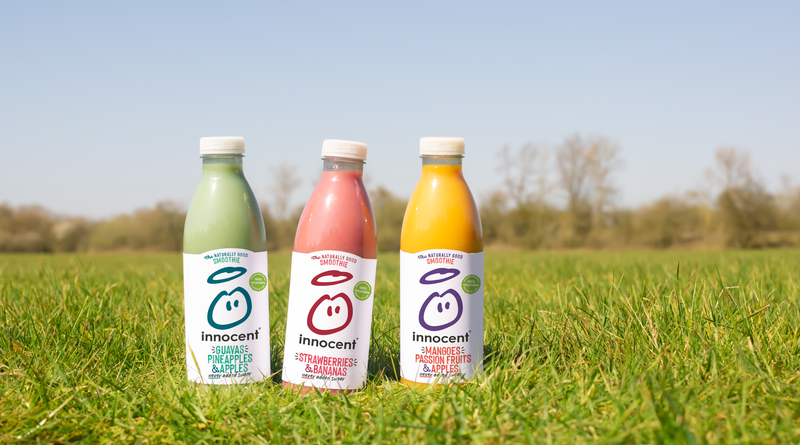The midges that bite – microcopy, omni-microcopy and your message
If you read the title of this article and wondered what microcopy is, don’t worry, you are not alone. Despite it being a vital part of how your customers see your brand and, just as importantly, the breadcrumbs that take them on a journey through your website, many people are still unaware of what microcopy is. So, before we go any further, let’s be clear about what we are talking about here. When people refer to microcopy they usually mean the tiny bits of information that help make up the user experience (UX) on a website. So, we are usually talking about:
- Buttons
- Forms
- Captions
- Error messages
- Small items of description
- Popup help
Basically, microcopy is all the mini text you see and probably don’t think you even notice. However, you do notice it because a lot of the time it is prompting you to do something or take an action. Other times it is making you smile or easing your way through your journey to the sale. So, there is a very clear reason why you should be thinking about microcopy. It informs, amuses, helps and maintains the UX. Without great microcopy the experience of a visitor to your website (and I would say other elements of your brand where copy used) is less pleasant, less personal and frankly offers less encouragement to end in a sale.
I have a problem with the idea of microcopy being thought of as only a website component. So, at the risk of being a bit contentious, I would say there is more to this than just the buttons and error messages. As important as they are they are not the only place that small amounts of copy are used to convey a message. Your brand is bigger than your website so your microcopy must extend further than that. When you look at it that way it becomes big microcopy. That is an oxymoron too far for me though, so I like to think of it as looking at the omni-microcopy. As far as I am concerned as soon as you, your business, your brand or your communication utilises a small piece of copy to convey information, is part of your microcopy world. That could be:
- Components of your product description
- Your email footer
- Your Zoom background
- Your pop-up banners
- Your voice mail announcement
- The advertising on the side of your car
And hundreds of other little bits and bobs of your overall branding. It is everywhere, which is why I would suggest you think about it as omni-microcopy not just on your website.
So, let’s look at a few great examples of omni-microcopy in action.
There are some companies and brands that are absolute masters of using a micro message as part of their bigger brand presence.
One of my particular favourites is how Netflix manage to succinctly tell what sort of show you are watching in two or three words. This has now become so much a part of their brand presentation that they include ‘this programme is…’ and a two or three word description on every show. Even if you have never heard of Schitts Creek you know from the overview page that ‘this programme is… witty, irreverent’ because it is prominently written close to the show name. It is a remarkable use of microcopy because if you weren’t looking for a ‘witty, irreverent’ comedy then you can skip along. If you are interested, a more in-depth description is available on the same screen. However, Netflix are so aware of the power of those three, genre summarising, words that they do more. Not into irreverent comedy? no problem. Click on ‘witty’ and it will offer you a selection of other shows that are linked to that particular microcopy. Maybe you did watch Schitts Creek and maybe you didn’t, but you certainly watched something.
Innocent Smoothies use omni-microcopy to incredible effect. They populate their website and packaging with tiny speech bubbles and other snippets of text that are fascinating, funny and uphold their brand. It is the friendly, silly, quirky and even childish bits of omni-microcopy that makes up the tone of the Innocent brand. The content is inoffensive and gently amusing… one could almost call it innocent.
This is from one of their products and shows how the little twist of microcopy at the end of a pretty bland description lifts it into an extension of their brand.
‘A Blend of Fruit & Vegetable Juices with Ginger Infusion + Added Vitamins. Enjoy as part of a healthy lifestyle & balanced diet. PS Eat your greens.’
Currently on their website they are, as every website does, offering the option to follow them on social media. They could, as most sites do, simply gone with ‘follow us on social media’ but that isn’t how Innocent Drinks talk to the world. Instead it is changed to the far more on-brand and enticing ‘give us a follow’ which they then follow up with:
‘We write a lot of nonsense on social media. Some of it’s even about our drinks. Give us a follow and there’s a 32% chance you won’t regret it.’
What does that even mean ‘a 32% chance’. Wonderful stuff.
Speaking of social media:
Probably the ultimate expression of micro writing is Twitter. The fact that you are restricted to a limited number of characters (currently 280) and the fact that the average tweet is somewhere around 33 characters means that the writers are knowingly forcing themselves to be precise. Not only that but because tweets tend to be either political or entertaining in content, they need to be even more precise.
Let’s go back to Innocent Drinks. Their social media is exactly the same witty and quirky humour. A recent favourite of mine was a tweet that simply read:
‘THINGS THAT ARE NATURAL: 1. Trees 2. Cliffs 3. Sheep 4. The fruit in our smoothies 5. Nose hair 6. That noise you make when you step on Lego 7. Our daily fear of tweeting something that gets us fired 8. Geese’
Even in the social media arena they maintain the same approach to the tiny bits of text that reach out to their customers.
Microcopy is like those little clouds of midges that you find hovering around in the early evening. Tiny, quickly forgotten and seemingly not worth your attention, but those midges bite without you knowing and wow do they get your attention when they itch later.
Omni-microcopy then isn’t just on your website it is everywhere from the footer of your emails through to the buttons on your app. So here is my challenge to you. Start with your website and spend maybe 30 minutes or so looking at your microcopy. What do your contact forms ask people to fill in and does that copy encourage them to contact you? Do you describe your product or services features in a way that engages with the potential customer? That little button you are asking them to press, does it say ‘click here’ or does it tell them why they should click here and what wonders await them when they do?
Ask yourself, do your omni-microcopy midges bite?
Originally posted 2021-06-02 13:54:53.
- Hang in there and be 99% fat-free – understanding that content is created not grown - January 12, 2026
- The midges that bite – microcopy, omni-microcopy and your message - November 21, 2025
- Who did you say you were again? Exploding the ‘authenticity’ myth - July 10, 2025






